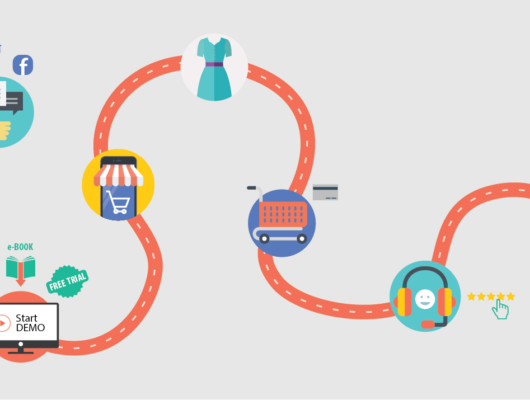In a world where customer expectations are continuously evolving, understanding your audience is paramount to business success.
Customer analytics is a dynamic field that leverages data and technology to decode customer behavior, preferences, and trends.
In this article, we’ll explore the realm of customer analytics, its significance, applications, and how it can be a game-changer for businesses looking to enhance customer satisfaction and drive growth.
What Is Customer Analytics?
Customer analytics is the process of collecting, analyzing, and interpreting customer data to gain insights into customer behavior, preferences, and patterns.
It involves using various data sources, such as purchase history, online interactions, and demographic information, to understand and predict customer actions and needs.
Significance of Customer Analytics
- Enhanced Customer Understanding: Customer analytics provides a deep understanding of your customer base, allowing you to tailor products, services, and marketing efforts to meet their specific needs.
- Personalization: By analyzing customer data, businesses can deliver personalized experiences and recommendations, which have been shown to increase customer engagement and loyalty.
- Improved Decision-Making: Data-driven insights enable more informed decision-making, leading to better resource allocation and marketing strategies.
- Reduced Churn: Customer analytics can identify early signs of customer dissatisfaction, enabling businesses to take preventive measures and reduce customer churn.
- Increased Cross-Selling and Upselling: By understanding customer behavior and preferences, businesses can recommend complementary products or services, boosting revenue.
Applications of Customer Analytics
- Segmentation: Customer analytics helps in segmenting the customer base into groups with similar characteristics or behavior. This allows for tailored marketing campaigns and product recommendations.
- Predictive Analytics: Businesses use predictive analytics to forecast customer behavior, such as purchase likelihood and churn rates, enabling proactive strategies.
- Recommendation Systems: E-commerce platforms and streaming services use customer analytics to power recommendation algorithms that suggest products or content based on individual preferences.
- Customer Lifetime Value (CLV) Analysis: CLV calculations predict the future value of customers, helping businesses allocate resources and marketing budgets more effectively.
- Customer Journey Mapping: Analyzing the customer journey helps businesses understand touchpoints and interactions, allowing for optimization and improved customer experience.
- Sentiment Analysis: By examining customer feedback and reviews, sentiment analysis provides insights into customer satisfaction and areas for improvement.
Case Studies: Customer Analytics Success Stories
- Amazon: Amazon is renowned for its use of customer analytics to recommend products to customers. Their recommendation engine, based on purchase history and user behavior, has significantly increased sales and customer retention.
- Netflix: Netflix leverages customer analytics to provide personalized content recommendations, contributing to longer viewing times and lower churn rates.
Conclusion
In the age of data, customer analytics is the key to unlocking the secrets of customer behavior and preferences.
Businesses that invest in customer analytics gain a competitive edge by delivering tailored experiences and making data-driven decisions.
By using this treasure trove of customer insights, organizations can enhance customer satisfaction, drive growth, and build lasting customer relationships.
In a rapidly changing marketplace, customer analytics is the compass guiding businesses toward greater success.






